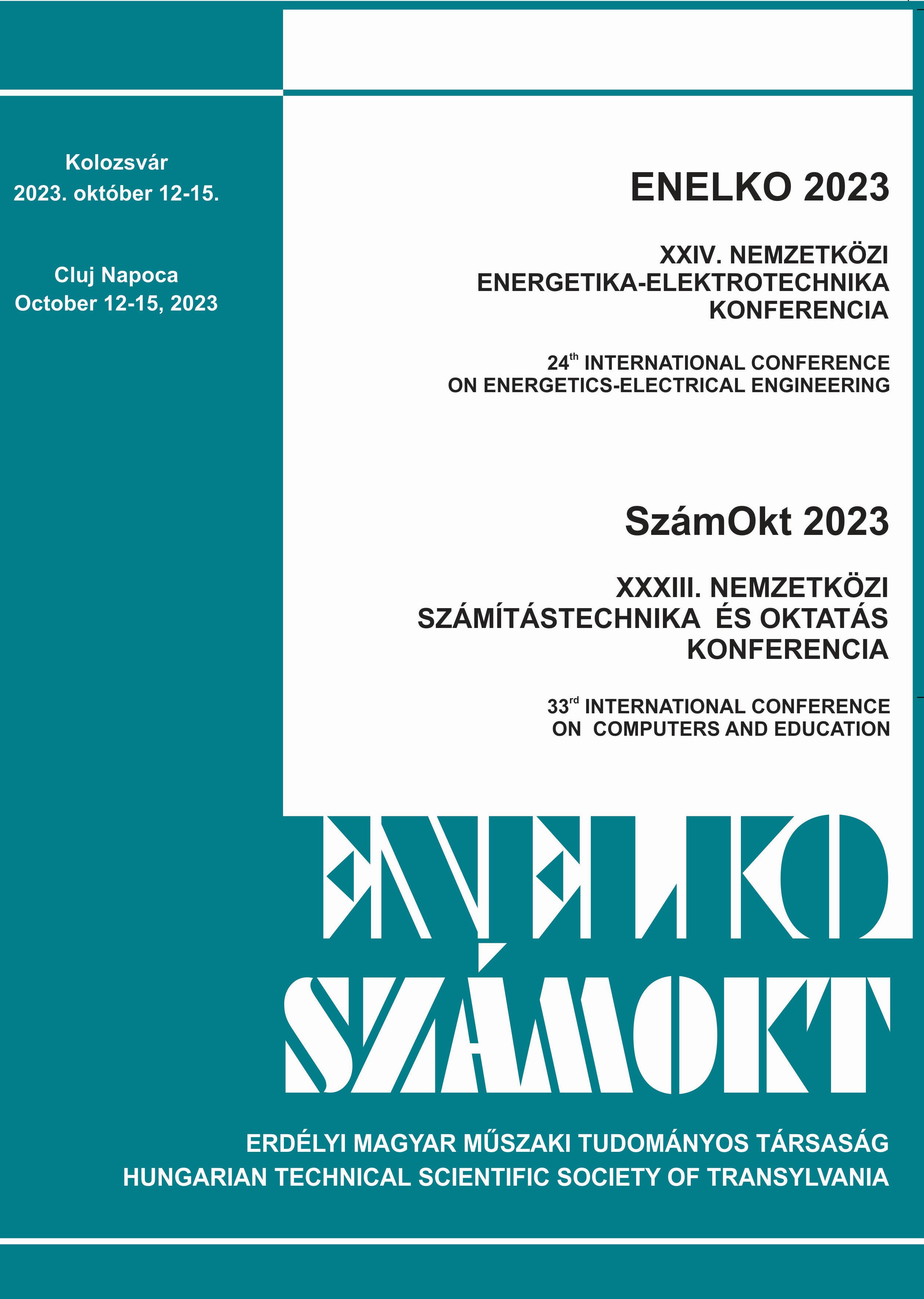Journals
-
Műszaki Szemle - Fiatal műszakiak különszáma
Az Erdélyi Magyar Műszaki Tudományos Társaság (EMT) publikációs lehetőséget biztosít fiatal műszakiak számára. Egyetemi hallgatók, mesteri és doktori képzés résztvevői, illetve egyetemet végzett fiatal mérnökök közölhetik államvizsga-dolgozatuk, magiszteri disszertációjuk, valamint diákköri kutatásaik eredeti eredményeit, 6-8 oldalas cikkekben. További információk: https://emt.ro/kiadvanyok/muszaki-szemle-fiatal-muszakiak-kulonszama.










